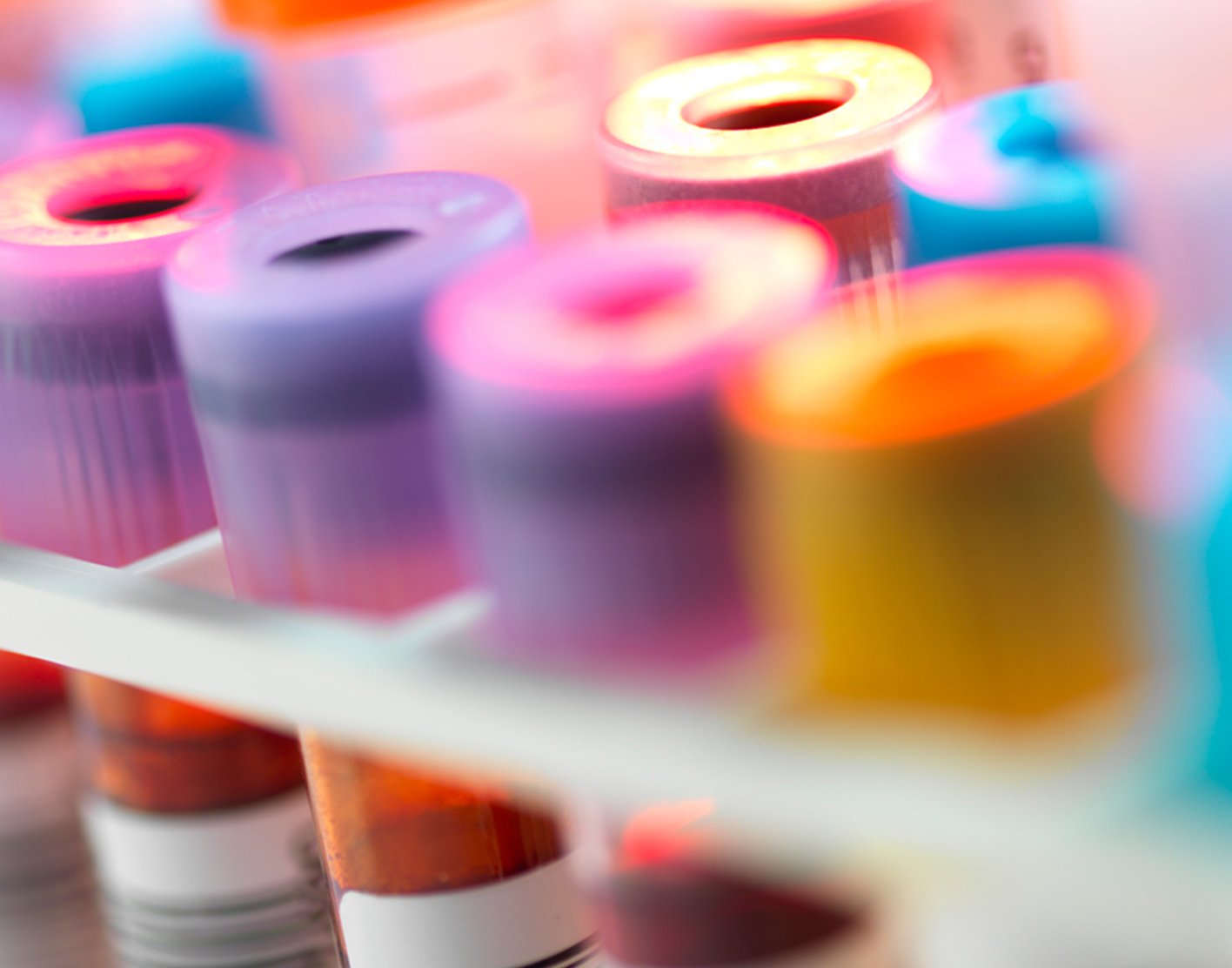
Anthrax blood test
Definition
The anthrax blood test is used to measure substances (proteins) called
Alternative Names
Anthrax serology test; Antibody test for anthrax; Serologic test for B. anthracis
How the Test is Performed
A
How to Prepare for the Test
There is no special preparation.
How the Test will Feel
When the needle is inserted to draw blood, some people feel moderate pain. Others feel only a prick or stinging. Afterward, there may be some throbbing or slight bruising. This soon goes away.
Why the Test is Performed
This test may be performed when the health care provider suspects you have anthrax infection. The bacteria that cause anthrax is called Bacillus anthracis.
Normal Results
A normal result means no
Normal value ranges may vary slightly among different laboratories. Some labs use different measurements or test different samples. Talk to your provider about the meaning of your specific test results.
What Abnormal Results Mean
An abnormal result means antibodies to the bacteria have been detected and you may have anthrax disease. But some people come in contact with the bacteria and do not develop the disease.
To determine if you have a current infection, your provider will look for an increase in the antibody count after a few weeks as well as your symptoms and physical exam findings.
Risks
There is little risk involved with having your blood taken. Veins and arteries vary in size from one person to another and from one side of the body to the other. Taking blood from some people may be more difficult than from others.
Other risks associated with having blood drawn are slight, but may include:
- Excessive bleeding
- Fainting or feeling lightheaded
- Multiple punctures to locate veins
- Hematoma (blood accumulating under the skin)
- Infection (a slight risk any time the skin is broken)
Considerations
The best test for diagnosing anthrax is a culture of affected tissue or blood.
References
Martin GJ, Friedlander AM. Bacillus anthracis (anthrax). In: Bennett JE, Dolin R, Blaser MJ, eds. Mandell, Douglas, and Bennett's Principles and Practice of Infectious Diseases. 9th ed. Philadelphia, PA: Elsevier; 2020:chap 207.
Wojewoda CM, Stempak LM. Medical bacteriology. In: McPherson RA, Pincus MR, eds. Henry's Clinical Diagnosis and Management by Laboratory Methods. 24th ed. Philadelphia, PA: Elsevier; 2022:chap 57.
Review Date: 26/08/2023
The information provided herein should not be used during any medical emergency or for the diagnosis or treatment of any medical condition. A licensed physician should be consulted for diagnosis and treatment of any and all medical conditions. Call 911 for all medical emergencies. Links to other sites are provided for information only -- they do not constitute endorsements of those other sites. Copyright ©2019 A.D.A.M., Inc., as modified by University of California San Francisco. Any duplication or distribution of the information contained herein is strictly prohibited.
Information developed by A.D.A.M., Inc. regarding tests and test results may not directly correspond with information provided by UCSF Health. Please discuss with your doctor any questions or concerns you may have.



























